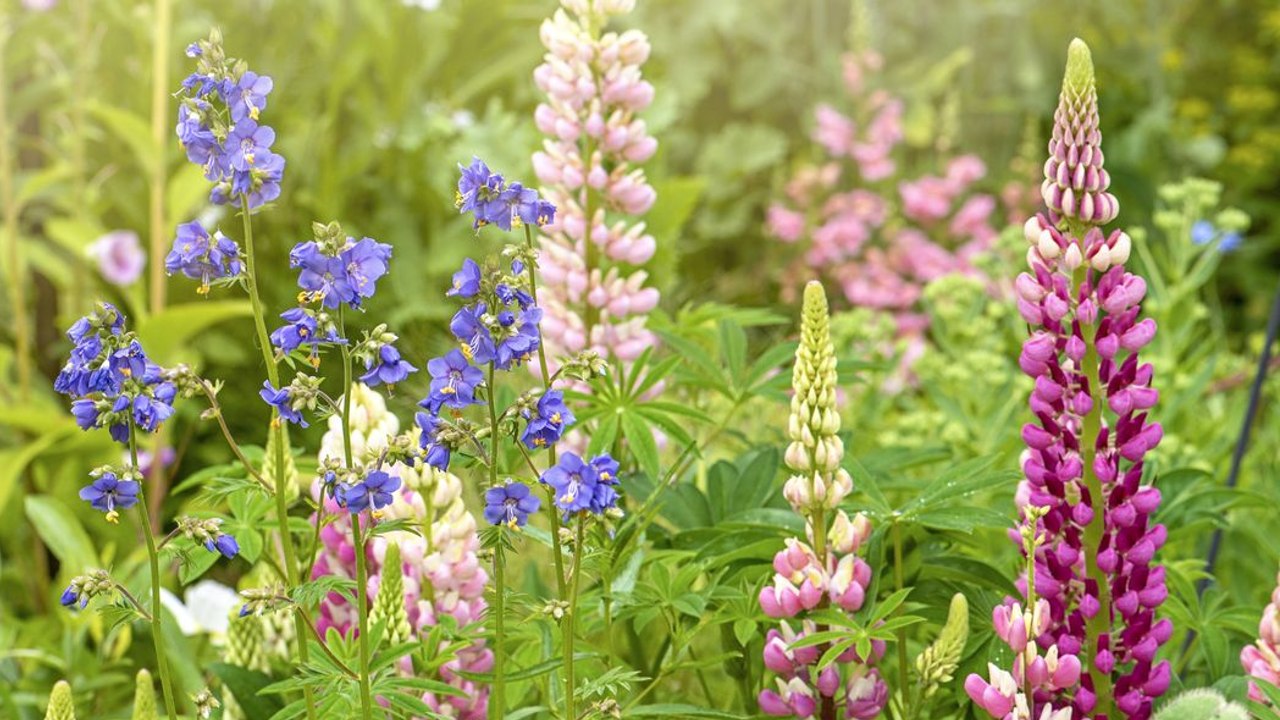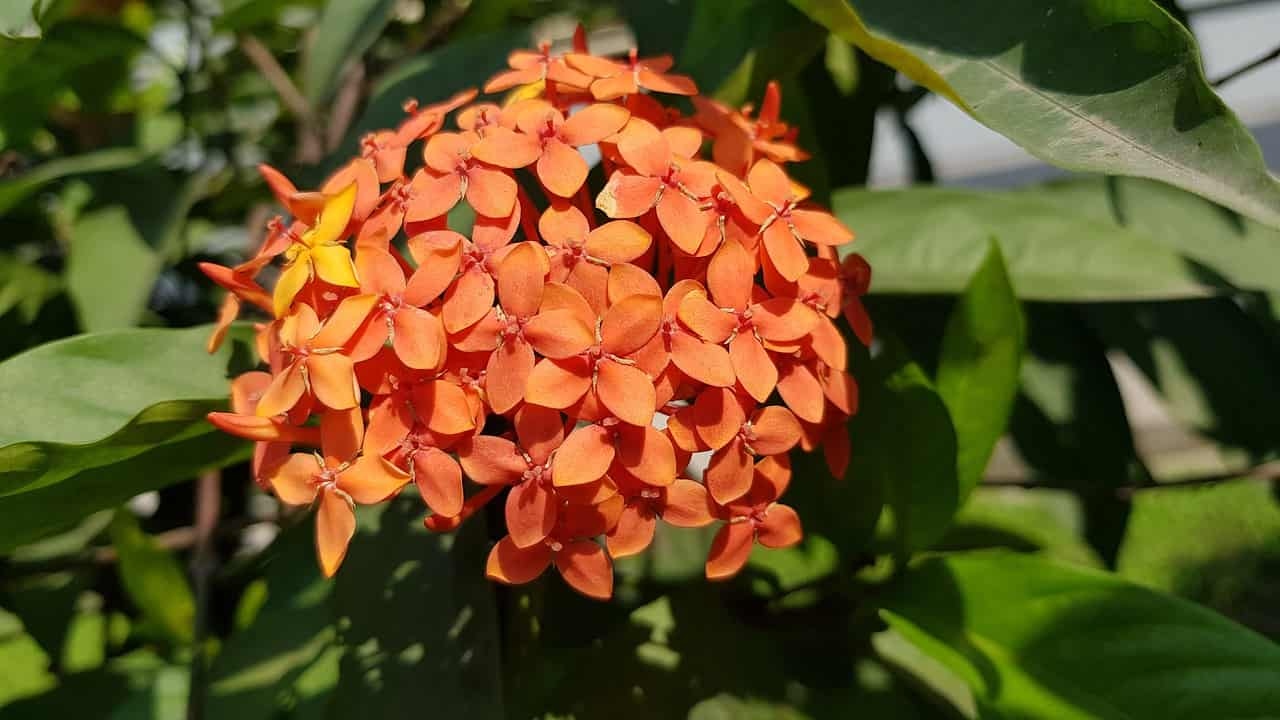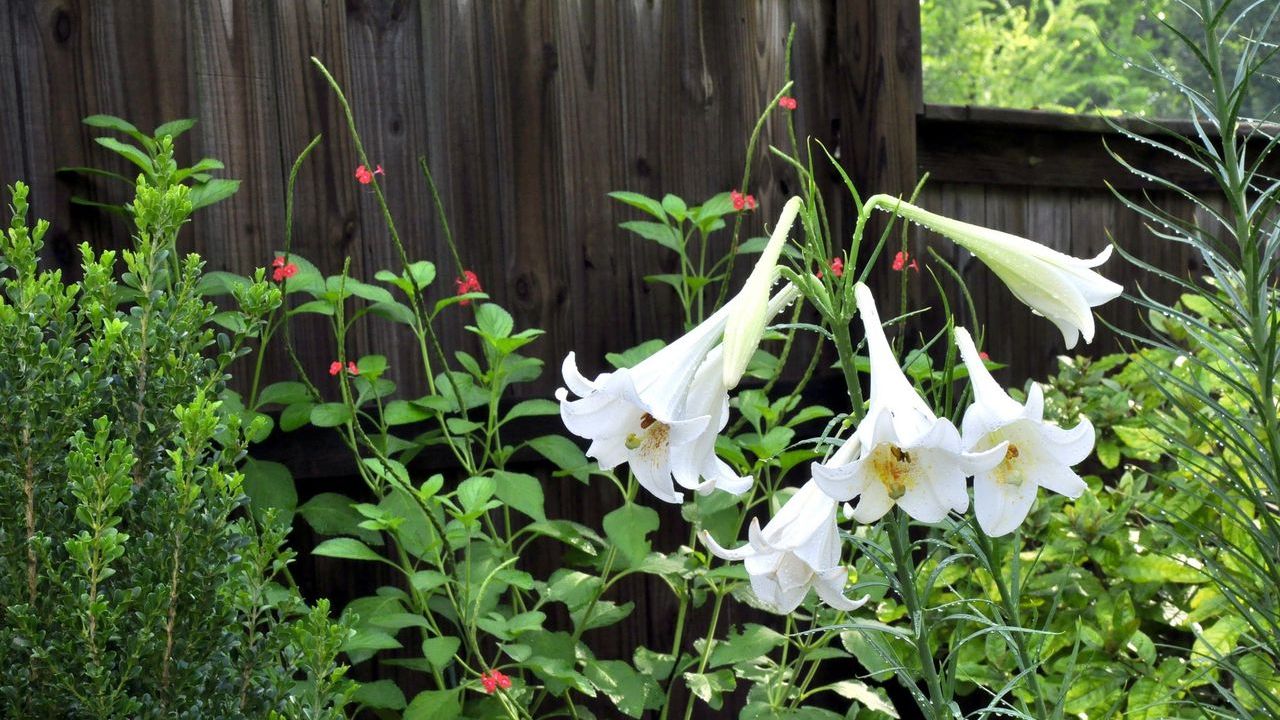It has been suggested that the source of such a diversity of life forms on Earth may be flowering plants. A study claims that flowering plants, which increased with the extinction of the dinosaurs, increased the diversity of food by affecting the climate in which they were found, thus enabling the evolution of all life forms.
Hundreds of millions of years ago, most species on Earth in the oceans It was thought to be inhabited, which sounds quite logical considering that more than 70 percent of our planet’s surface is covered with water. But unlike then, most of the diversity of life today is found on land.
According to a recent study, the evolution of flowering plants since the time of the dinosaurs; on the world diversity of lifeIt may have been the triggering force behind the explosion. The research led by University of Bristol paleobiologist Michael Benton and colleagues finds what paved the way for this change, which is thought to have occurred about 100 million years ago. flowering plants it is claimed to be.
The extinction of the dinosaurs may have been the cause of the proliferation of flowering plants
Most of the plants we now eat, drink, wear, and build things from come from a variety of flowering plants, also known as angiosperms. On the subject, Pennsylvania State University paleobotanist Peter Wilf said: “More than a million modern insect species owe their livelihoods as pollinators such as bees and wasps, as leaf-eaters such as beetles, grasshoppers and beetles, or to nectar-feeding angiosperms such as butterflies” He says, and notes that the aforementioned insects are eaten by spiders, lizards, birds and mammals. Wilf also said that the trigger for these events extinction of dinosaurs He adds that it could be.
If benton “Flowering plants may have been around for a while, but in the last 70 million years of the dinosaur age, CretaceousThey began to appear more widely in says andIt seems that the dinosaurs did not choose to eat them and continued to eat ferns and conifers such as pine. However, it was only after the dinosaurs were gone that angiosperms really took off in evolutionary terms.“. The research team believes that flower evolution is life on land. four main roadsla suggests that it may have diversified.
With the proliferation of flowering plants, new opportunities for other life forms opened up.

In the first of these, with the spread of flowering plants in different habitats, evolution transformed these species into new forms; These new types of structures, chemicals, and reproductive strategies are also useful for new emerging life forms in the environment. new opportunities allegedly created. On the subject, Benton “Angiosperms themselves became very diverse, but they also created an enormous number of niches for other plants and animals,” says.
The fact that flowering plants receive more energy from the Sun than other plant species affects the whole ecosystem.

This increase in productivity also means that these plants produce and exchange more energy. For this, biologist Hervé Sauquet of the Royal Botanic Gardens of Sydney said that these plants can receive much more solar energy than conifers and their relatives, and that this extra energy can be used. entire ecosystemrecords the pass.
The emergence of new food sources has also led to the emergence of many interrelationships between plants and animals.

From sweet vegetation to attractive high-energy foods for pollinators, new food sourcesIt is stated that this species has led to the emergence of many interrelationships between these plants and animals, which triggers a series of new opportunities for biodiversity, down to the predators at the top of the food chain. Sauquet states that angiosperms also shape the evolution of animals that pollinate them, especially insects, and that complex forest structures that host thousands of species exist in this way.
The proliferating flowering plants also affected the local climates in which they were found.

Finally, with the profuse proliferation of flowering plants, these plants local climatesThey began to influence. Higher transpiration rates also mean that plants are changing the climate and water cycles by pulling more water from the soil and transferring it to the atmosphere. That is, angiosperms increase the coverage of wet tropical environments; This could mean that this has allowed many other species to expand suitable habitats, from frogs to fungi and even to other plants such as ferns that preceded them.
On the other hand, conifer forests belonging to the pine family less Noting that it has a diversity of plants and animals, Sauquet notes that they were probably never rich in species.
The genetic diversity of flowering plants allows them to diversify more easily

RELATED NEWS
A Video Artist Has Made A Film That Lets We See The World Of Plants Up Close [Video]
In addition, Benton and colleagues found that angiosperms diversify much more than any other plant. genetic differenceThey claim that they are. Accordingly, despite past genome duplications of these plants (a feature common in all plants that may result in more chromosomes), these plants have relatively small genomes containing fewer chromosomes and mechanisms that reduce genomes; It may be what allows flowering plants to form new genotypes so easily.
The researchers found that angiosperms show much higher regeneration and trait flexibility – the physiological ability to develop rapidly – than gymnosperms such as conifers; which means that flowering plants are a brand new form on Earth. life mode states that it may have enabled it to start.
Source :
https://www.sciencealert.com/flower-power-fueled-a-massive-boost-in-biodiversity-after-the-cretaceous
